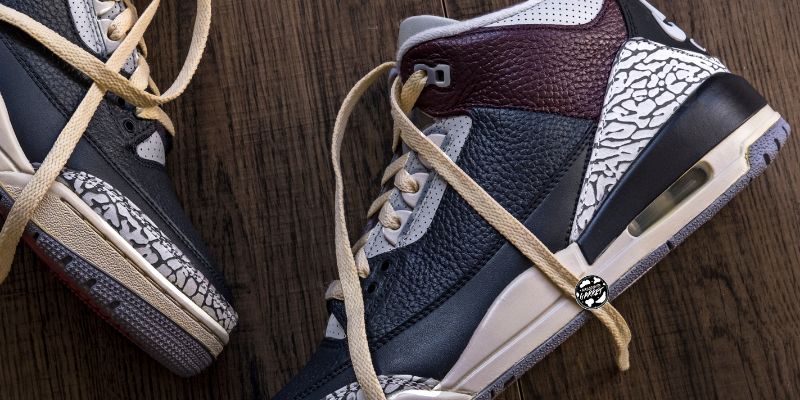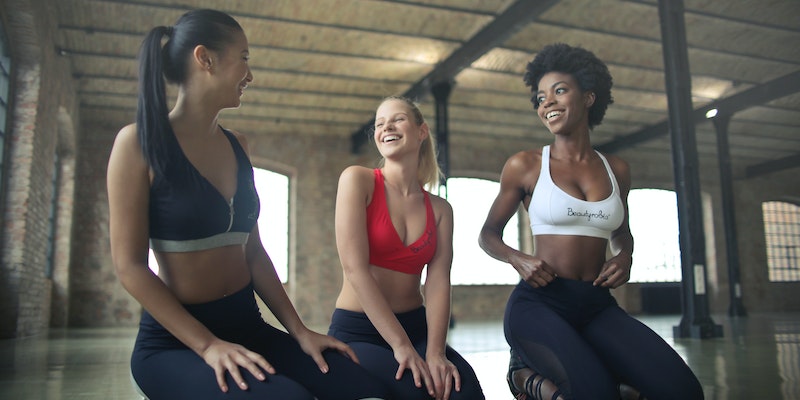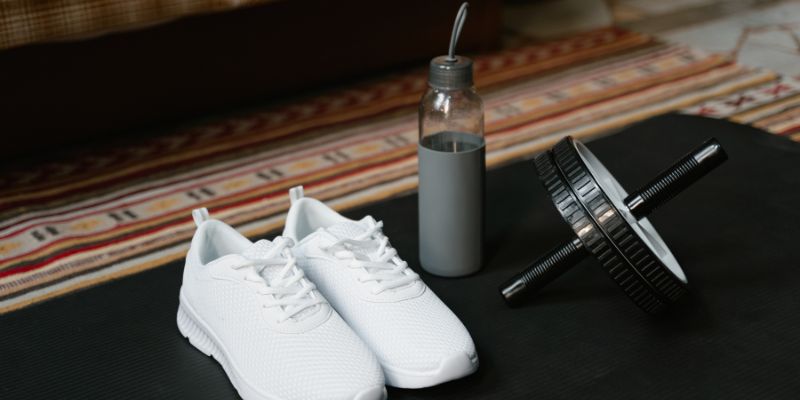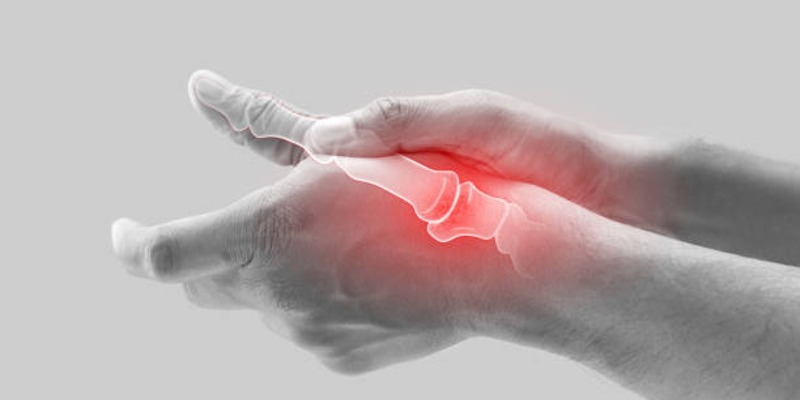Running shoe design and construction have evolved with technology. Runners seek new footwear for improved performance and comfort. However, a running shoe revelation has ignited a fascinating discussion. Could higher-heeled running shoes increase leg injury risk? This subject has shocked the running community, as regular joggers and professional runners reconsider their footwear choices.
Traditional running shoes have cushioned and supported the feet to improve performance and limit injury risk. However, shoes with higher heels are being sold as improving running form and comfort. This idea may assist some, but leg injuries are a problem.
This article will examine the increasing data and expert viewpoints on high-heeled running shoes and their effects on runners of all levels. Understanding the hazards and advantages of different shoe styles is essential for making educated decisions about your athletic ambitions and leg health, whether you're a seasoned marathoner or just starting.

The High Heel Running Shoe Trend
High heel running shoes have garnered notice in the running world. Running shoe design has evolved to improve performance and comfort, but increased heels have raised concerns about their safety. These shoes, promoted to improve running form and comfort, have detractors.
Running shoes have included cushioning and support to reduce injury risk and maximize comfort. However, the rise of high-heeled running shoes has prompted concerns. Running mechanics, or gait, might be affected by this shoe design alteration. It may increase leg injury risk by affecting leg muscle and joint stress.
Understanding the impact of higher heel height is vital as runners of all levels seek the newest running shoe improvements. Understanding the hazards and advantages of running in higher-heeled shoes is crucial for making intelligent footwear choices, whether you're a seasoned marathoner or just starting. This article illuminates the high-heel trend in running shoes to assist runners in making better decisions to protect their legs and improve their running experience.
Impact of High Heel on Running Mechanics
To make intelligent footwear choices, runners must understand how heel height impacts running mechanics. Running mechanics are closely tied to shoe design, especially heel height. Higher-heeled running shoes can substantially change a runner's stride. Elevated heels change the foot's landing and push-off angle. This tweak affects lower limb force distribution, causing running mechanical alterations.
For instance, higher heel heights stimulate heel-striking when the heel hits the ground first. In contrast, runners with lower-profile shoes hit more naturally midfoot or forefoot. Heel-strike running may stress the lower leg, particularly the calf muscles and Achilles tendon. It changed running pattern may cause Achilles tendinitis, calf strains, and shin splints.
Running shoes with increased heels can also impact posture. The elevated heel may cause forward-leaning, affecting spine and pelvic alignment. It can impact leg weight and force distribution, causing imbalances and muscular fatigue.
Leg Injury Risks with Elevated Heels
Running shoes with raised heels can cause leg injuries, so be aware of the hazards. These shoes are touted as improving running form and comfort, yet they pose dangers to runners of all abilities. Elevated heels can change running kinematics, especially leg impact.
Changes in heel height frequently favor heel-striking, where the heel first touches the ground. This change from a midfoot to a forefoot strike might strain the calf muscles and Achilles tendon. Raised heels affect running mechanics, straining this tendon and making it more vulnerable to injury.
Running in high-heeled shoes can cause abrupt, acute calf discomfort. These muscles can be injured by heel height alterations altering gait. Wearing high-heeled running shoes might potentially trigger shin pains. Changes in running technique might impact lower leg force distribution, increasing shin splint risk.
Choosing the Right Pair of Running Shoes
Running shoe selection is crucial at all levels. Your shoes affect your running experience and foot and leg health. Understanding that no running shoe is best for all runners is crucial. You should choose based on your needs, running style, and foot type.
Make an informed selection by examining your running objectives. What shoes you require depends on your ambitions. Assess your foot type. Runners might have neutral, high, or low arches. This information is critical for determining arch support needs.
Also important is knowing your pronation type. Pronation is how your foot rolls on the ground. Runners can overpronate, neutralize, or underpronate. Each pronation type has shoe characteristics tailored to them.
Consider the running terrain. Shoe selection is crucial for comfort and safety because running shoes are designed for different terrains. Check how they feel, ensuring the toe box is spacious, and your heel is safe. Choose the most comfortable and supportive pair by listening to your body during the trial.

Navigating Comfort and Safety for Runners
The struggle for runners to combine comfort and safety is continuing. The issue for ardent runners is finding the right balance between comfort, performance, safety, and injury avoidance. Running is a passion, lifestyle, and personal growth. On this trip, the appropriate running shoes matter. Runners want comfortable shoes for pain-free training.
Shoe comfort reduces blisters, hot patches, and "runner's toe." They soften each stride, making miles easier. Runners may prefer plush insoles, midsoles, and uppers for comfort. Since runners value comfort, they must also value safety. Due to its heavy impact, running requires safety beyond bodily injury.
Running shoes can assist in reducing weariness and overuse issues by maintaining form. Shoes with arch support and stability prevent shin splints, plantar fasciitis, and stress fractures. The runner must balance these two crucial factors. Runners want their shoes to feel like a second skin and protect them.
Conclusion:
When every stride matters, running may be healthy or unpleasant because of the shoes you wear. The debate about running shoes with higher heels and leg health has highlighted the need for caution. These sneakers promise enhanced performance and comfort, but there's a catch. Changes in running mechanics, leg strain, and leg injuries must be considered.
Understanding that shoe heel height affects running mechanics is crucial. It can promote heel-striking, leading to shin splints, calf strains, and Achilles tendon issues. Running shoe selection can be guided by these possible risks and the difficult balance between comfort and safety.












